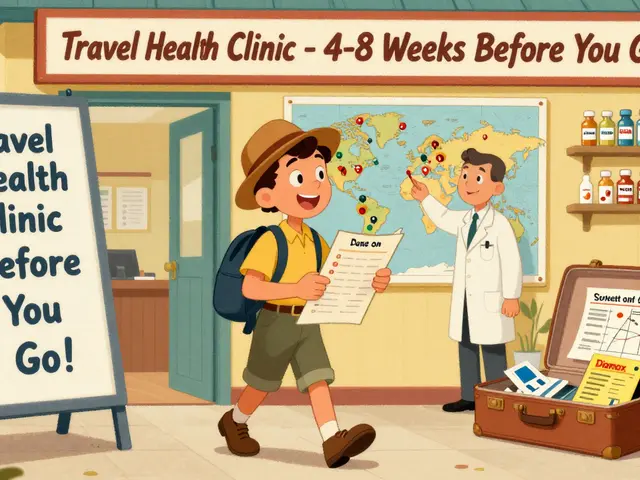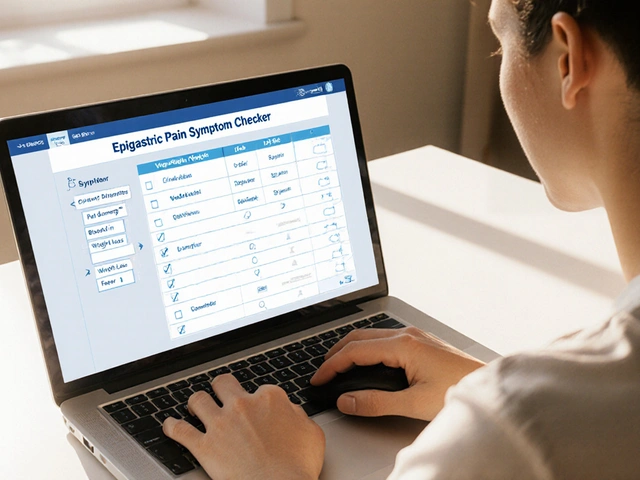Cannabidiol (CBD) Guide: Benefits, Uses, and Safety Tips
Ever wonder why CBD shows up in headlines, Instagram posts, and health blogs? People are talking about it because it seems to help with everything from sleepless nights to sore muscles. Below you’ll get straight‑to‑the‑point answers on what CBD actually is, why folks use it, and how to do it without unwanted side effects.
First off, CBD (cannabidiol) is a compound that comes from the cannabis plant. It’s not the part that gets you high – that’s THC. CBD works with the body’s own endocannabinoid system, a network that helps regulate pain, mood, sleep, and immune response. Because it doesn’t cause a buzz, many people treat it like a supplement rather than a drug.
What is cannabidiol?
In simple terms, cannabidiol is one of over a hundred chemicals called cannabinoids found in hemp and marijuana. The legal sweet spot is hemp‑derived CBD that contains less than 0.3% THC. When you take CBD, it interacts with receptors in your brain and immune cells, which can calm inflammation and ease anxiety for some users. The science is still catching up, but the early research and user reports point to real effects, especially for stress relief and joint discomfort.
How to use CBD safely
Start low and go slow. A common recommendation is 5‑10 mg of CBD once a day, then increase by 5 mg each week until you feel the desired effect. You can find CBD as oils, tinctures, gummies, capsules, creams, and even vape liquids. Choose a product that lists the exact CBD amount and shows a third‑party lab test – that’s your guarantee it isn’t full of hidden THC or contaminants.
Pay attention to how your body reacts. Some people notice drowsiness, dry mouth, or a slight drop in blood pressure. If you’re on prescription meds, especially blood thinners or anti‑seizure drugs, talk to a pharmacist first. CBD can affect how other medicines are broken down, so a quick check can prevent surprises.
When it comes to buying, stick to reputable brands that source hemp from farms with organic practices. Look for clear labeling, batch numbers, and a QR code that links to a lab report. Avoid products that promise “miracle cures” or sound too good to be true – they often lack proper testing.
Legal rules vary by country and even by state. In the U.S., hemp‑derived CBD with under 0.3% THC is legal federally, but some states have extra restrictions. Make sure you know the rules in your area before you order online or pick up a bottle at a store.
Overall, CBD can be a useful addition to a wellness routine if you treat it like any other supplement: start small, watch for side effects, and choose quality. Whether you’re looking for better sleep, calmer nerves, or joint comfort, a low‑dose, reputable CBD product is a good place to start.
Got more questions? Common topics people ask about include “Can I take CBD with coffee?” (yes, but it may amplify the calming effect), “Is CBD addictive?” (research says it’s not), and “How long does it take to feel anything?” (usually 30 minutes to 2 hours, depending on the form). Keep these answers in mind, and you’ll navigate the CBD world with confidence.





